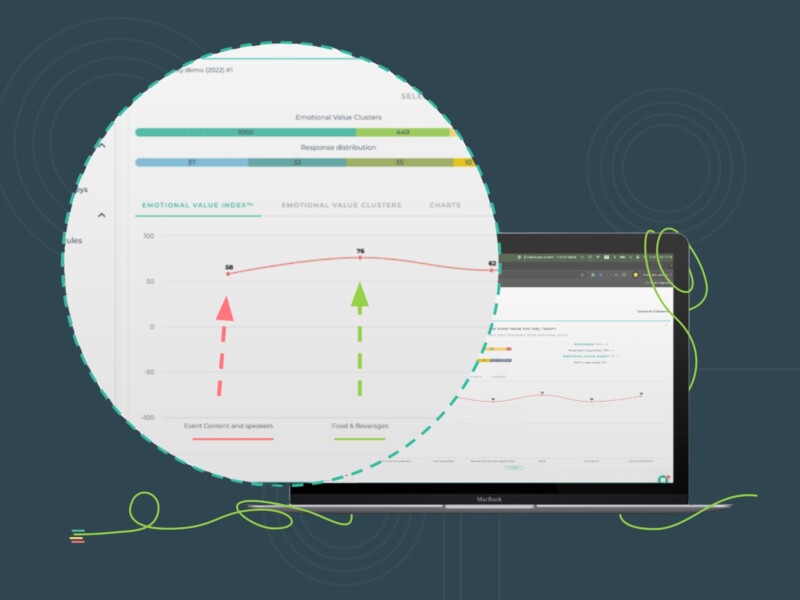Today, customers are hunting for convenience and ease. They are no longer ready to go through a time-consuming buyer journey to get hold of “fabulous” products. The pandemic, COVID-19, has made it clearer with customers switching to online stores, relying on doorstep delivery, and expecting prompt service.
Have you ever considered how easy or difficult it is for consumers to do business with you? More often than not, brands perceive the experience they provide to be flawless and smooth. However, from the perspective of the customer, this can be far from true. An instance like this reflects a gap between customer expectations and brand’s provisions, and utilizing a simple CX metric like Customer Effort Score can easily resolve this issue.
Wish to know more? Keep reading!
What is Customer Effort Score (CES)?
Customer Efforts Score is a simple metric that identifies how easy it is for customers to do business with a company. Here, customers are provided with a survey that allows them to rank the ease of doing business on a scale where the rating ranges from “very easy” to “very difficult” or “low-effort” to “high-effort.” Businesses utilize special CES software to help them track and analyze the responses provided by customers. It is a key indicator of customer experience as it helps businesses identify aspects that barricade customers from receiving a seamless service. There are numerous advantages of measuring CES.
Why is it Important to Measure CES?
- Improves customer support
CES is primarily used by organizations to determine their quality of customer service as it’s also one of the primary areas where customers face a lot of difficulties in getting their matters resolved. They face many issues like having to wait for a long time to receive a response, being transferred to many channels/departments to get a single task done, and dealing with untrained employees who aren’t knowledgeable about the product/service. But, after-sales service is very important as it determines if customers are ready to engage with you in future. It shows the promptness of brands when catering to customer needs. A good CES survey will pinpoint the problems in the customer service area and help you resolve them.
- Limits negative feedback
A small percentage of negative feedback is healthy as it helps businesses improve consistently. However, constant negative reviews are very damaging. It takes a lot of effort to win back disgruntled customers. Even potential customers will be skeptical to try out your product/service. In this regard, using CES is an early detection system that helps you prevent significant reputational damage. Once you are informed about an issue pertaining to your product/service, you can devise ways to rectify it before the faulty product goes into the hand of many other customers.
- Helps to improve customer loyalty
If you are providing an effortless service to your customers, your CES results would make you really delighted. Your customers agreeing that doing business with you, is in fact, super easy indicates that they are more likely to come back. According to a study by Harvard Business Review, 81% of customers who rated “very difficult” claimed they would speak negatively of the company with others. So, by utilizing CES, you can improve customer experience to evoke customers to engage in repetitive purchases and promote your business through word of mouth.
- Enhances overall customer experience
In an era where customers are on the lookout for amazing experiences from brands, it’s important that every business strives to provide the best customer experience possible. Sometimes, a business may not be aware of what they are doing wrong or what they could do better. Measuring CES with tailor-made questions can help businesses understand customer expectations better and improve the experience.
How to Create an Effective CES survey?
CES surveys can easily be tailored to suits the needs of your organization and gain valuable insights. However, it’s important to keep the survey simple and short with a very limited number of questions. Ensure that the first question is always a rating that allows customers to rate the ease of doing business with your brand. Thereafter, you can include an open-ended question to gather more details regarding the response. Automation is also important to ensure that customers’ buying journeys are tracked and the CES survey is sent at the right moment. Ideally, CES surveys are sent right after a product/service or after a customer has engaged with the customer service unit.
Customer Effort Score is an indispensable metric for every organization that constantly tries to improve its service to make customers feel comfortable and happy!



